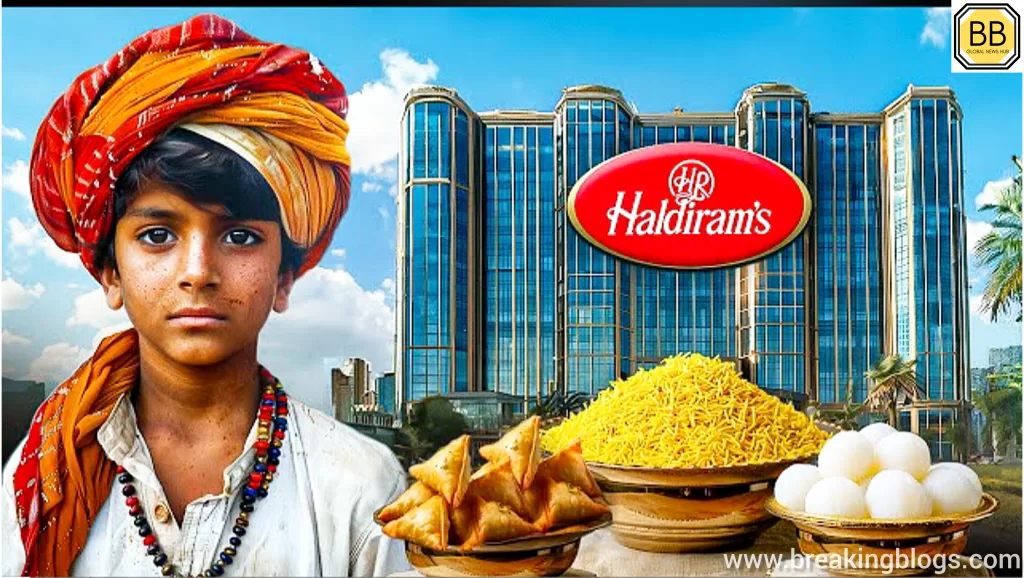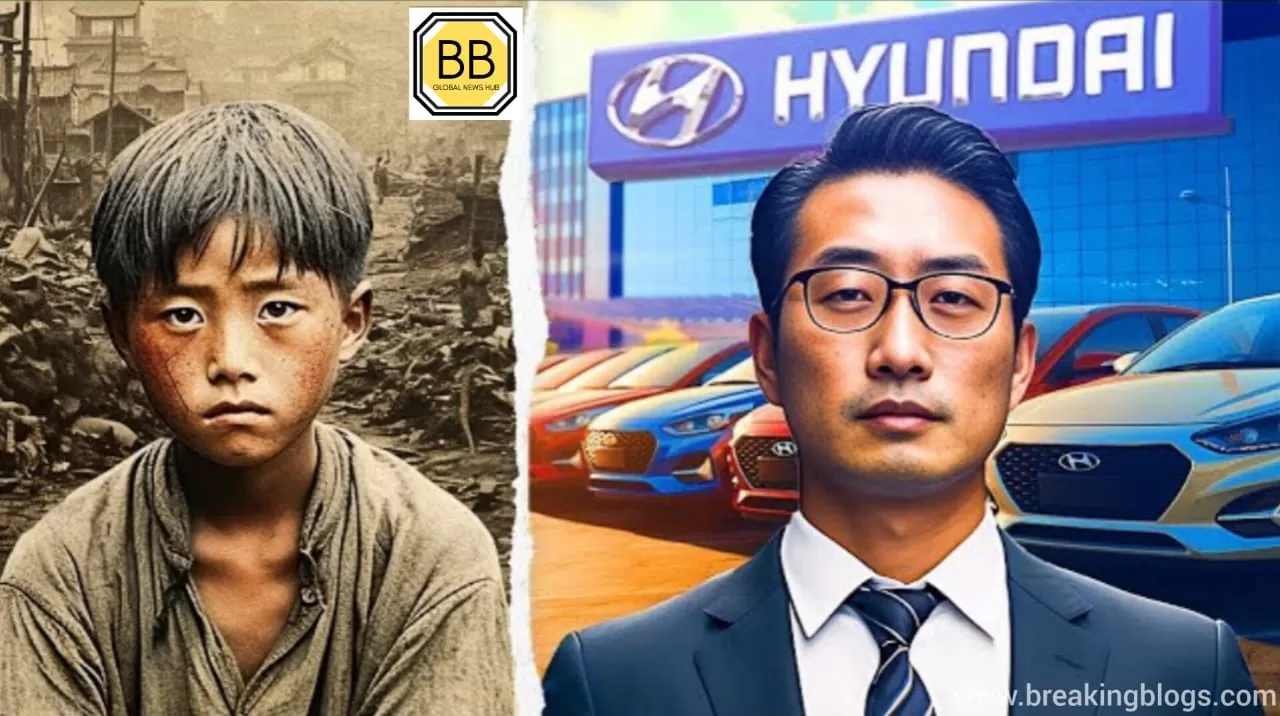Imagine a hungry little boy in a small village who works in the fields for 17 hours a day to have a meal now and then. Imagine for a moment that this child founded a vehicle firm valued at 10,00,00,00,00,000 (one lakh crore). This is the tale of Chung Ju Yung, the creator of Hyundai.
Early Challenges
1915 marked the birth of Chung Ju Yung. He was raised in a little Korean village. Becoming a teacher was his ideal job. However, his family’s financial situation was so dire that he was unable to even finish school. During his early years, he had to labor in the fields day and night with his family. But even after working so hard, the family frequently went for extended periods without eating.
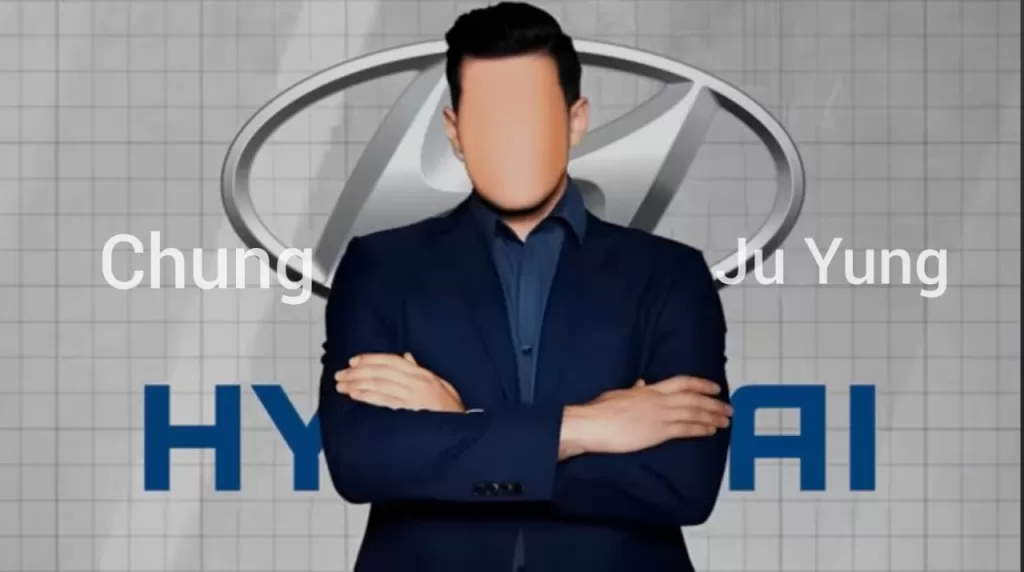
Medical care and appropriate clothing are far distant. Chung often had to travel to the adjacent city to sell wood. He observed that everyone there wore nice clothes and had enough food. He also spent day and night laboring in the fields. Observing all of this, he began to feel resentful of his rural upbringing and lack of wealth.
and began wishing for himself to have a better life. He discovered that a large construction project was underway in a nearby city one day when reading an article in the newspaper. Additionally, labor is required for this job. Upon reading this, his heart began to race and he began to think. Chang also made a startling choice in 1932 when he was just 16 years old.
He was going to flee to the city and escape from his house. Chung and his friend stealthily headed into the city one evening. They arrived in Kowon, after traveling roughly 160 kilometers on foot, and started working as construction laborers. The pay was pitiful and the task was extremely challenging. However, Chung was overjoyed that he could now make an independent living for the first time in his life.
After almost two months of this, he was apprehended. When Chung’s father discovered him, he was forced to return to the village and resume farming. The family was overjoyed to have him back, but Chung was not. Chung’s enthusiasm for civil engineering and building was rekindled throughout these two months of labor. Furthermore, he was aware that he would never be able to escape poverty through laboring in the fields.
And for that reason, he makes two attempts to run away. In a few days, though, his father discovers him both times. At last, he tried his fourth escape in 1934 when he was 18 years old. And nobody stops him this time. He arrives in Seoul, which serves as South Korea’s current capital. He completed the work that was assigned to him. A construction worker came first, followed by an employee at a factory, and lastly, the Bokyung Rice Store.
His efforts so delighted customers and store owners that, in less than 6 months, they managed to obtain him a job as a delivery boy. Chung put in a lot of effort and expanded the store on his own after taking over as manager.
When the store owner became gravely ill in 1937, he took an unexpected step and gave Chung ownership of the business after observing Chung’s diligent labor. Chung had transitioned from an employee to a business owner at the age of 22. Over the following 2 years, Chung increased his productivity and established a solid name in the industry, which helped the company expand quickly. Just as everything was going smoothly, a tragedy occurred. Japan was in control of Korea during World War II.
Throughout the conflict, the Japanese wanted to ensure that their forces had access to enough rice. They consequently acquired control of every rice shop. Chung even lost his rice store to theft. And with a single blow, the company that had been developed over years of arduous labor came to an end. Even though Chung was depressed.
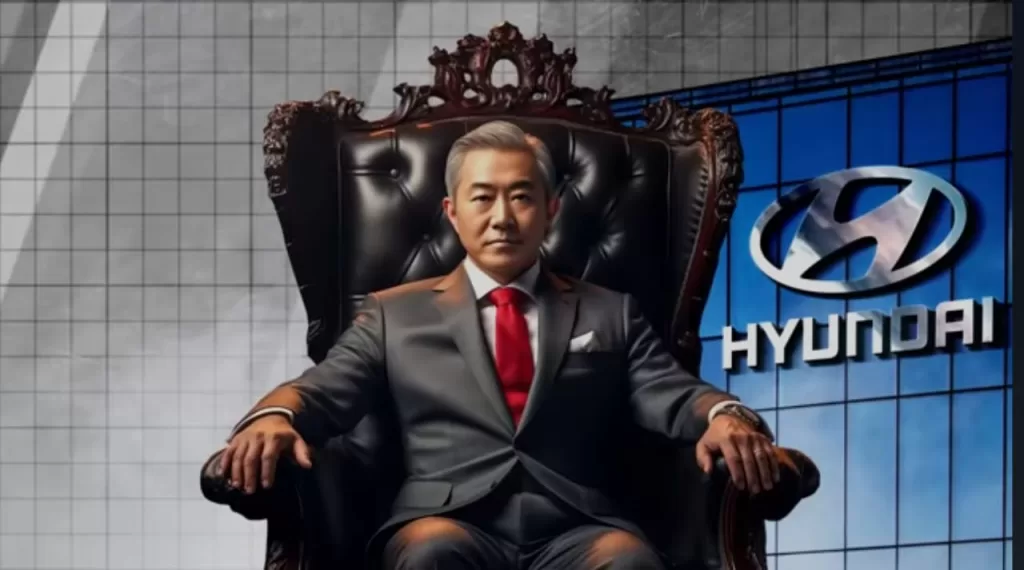
Starting Hyundai
“IF I PUT MY HEART AND SOUL SINCERELY INTO WHATEVER WORK I AM DOING, I WELL SURELY SUCCEED”. After having this idea, he set out to find a company in which the Japanese government would not meddle. He focused exclusively on the auto repair industry quite quickly. In 1940, he established an Edo service garage by borrowing 3,000 won. However, this time, his misfortune was so severe that the garage caught fire a month after it opened. And everything of it was reduced to ashes.
Chung was in a very challenging situation. In addition to repaying his loan, he had to reimburse the clients for the damage the fire had caused. A typical individual would give up in this circumstance with ease. Chang, however, handled the issue as normal. With a new loan of Rs 3, 500, he constructed an even better garage than the previous one. Chung concentrated on speed after noticing that the main issue that clients had was that it took many weeks for their automobiles to be fixed. Chung’s garage could do a certain repair in five days, whilst his competitors needed twenty days. His garage became so profitable that in the next three years, i.e.
His employment increased to eighty workers by 1943. Chung had moved his family to Seoul and paid back his loan in full by this point. The company was expanding quickly until another significant calamity occurred. Japan desired to produce military hardware for the Second World War. For this reason, Japan bought the garage and combined it with a nearby steel factory.
Once more, the company that he had worked so hard to develop over the years was taken from him in an instant. Chung was forced to start over and return to his village with his family, but this time he was armed with Rs 50,000 in savings and full of confidence that he would start a business again.
Japan’s involvement in Korea came to an end with the end of World War II; in the northern part of Korea, the Soviet Union exerted influence, while in the southern part, America. because during World War II, they both waged a fight against Japan. Korea was split into North and South Korea as a result. Chung resettled his auto repair business in Seoul upon his return in 1946. Though it was a new name, the business was not.
Hyundai Vehicle Repair. Hyundai denotes modernity. When Chung noticed that America was constructing structures for its military personnel, the car repair business was doing well. In the building business, he saw a significant possibility. Despite having little expertise, he was passionate about construction, which he developed while working as a laborer in his early years.
That’s the reason he started Hyundai Civil Works Company in 1947 when he was 31 years old and went into the construction business. He started off with little jobs, but by 1950 his company was winning large-scale construction contracts. And now, this was his main line of business. When the plot took a new turn, everything was going according to plan. North Korea attacked South Korea in June 1950. Troops from North Korea had approached Seoul rather closely.
Chung was forced to abandon all of his work as a result, and he fled to Pusan City with his money. But, Chung did not remain silent in the face of such a significant crisis. At this period, South Korea and the U.S. Army were engaged in combat with the North Korean Army. They also need army headquarters, depots, and tents. Chung noted that the Americans had plenty of wealth.
All they wanted was dependable and prompt delivery. Chung also offered the Americans the same. They took up the can-do motto and reorganized into a tiny squad. That is to say, they were willing to take on any building job at the proper price. There was a battle going on here, and in a circumstance like that, there were a lot of issues and frequent losses as well.
But he never backtracked from a project once he committed. Strong links were forged between him and the US due to his dependability. Even after the war ended in 1952, Chung kept getting American contracts. Later, to reconstruct the nation, the South Korean government also constructed highways, bridges, and dams.
Hyundai was a prominent player in all of this and witnessed rapid business expansion. Hyundai is credited with building both the most significant highway in South Korea, the Gyeongbu Expressway, and the country’s largest dam, the Soyang Dam.
Hyundai Making Cars
Chung was in his early 50s and running a profitable construction company in the 1960s. However, this did not satisfy him. It was time to build a road that would run on the thousands of kilometers of roads that Chung had constructed. Chung founded the Hyundai Motor Company in 1967. Additionally, he struck an agreement with Ford in 1968 to produce Cortina vehicles for the automaker. The two companies had disagreements over the first two years of the joint venture.
Ford opposed Hyundai’s producing its vehicle. Chung broke up this relationship in 1973 and went straight to work finding new ones. He attempted to negotiate manufacturing technologies with General Motors and Volkswagen, but all of them declined. He finally reached an agreement with Mitsubishi Motors of Japan in that same year.
Mitsubishi Hyundai is equipped with automotive technologies. The fact that Hyundai could sell a vehicle under its name and brand was the nicest element of the agreement. Simultaneously, the South Korean government mandated that automakers produce a citizen’s car—one that is both dependable and reasonably priced, and that exclusively utilizes South Korean-made parts.
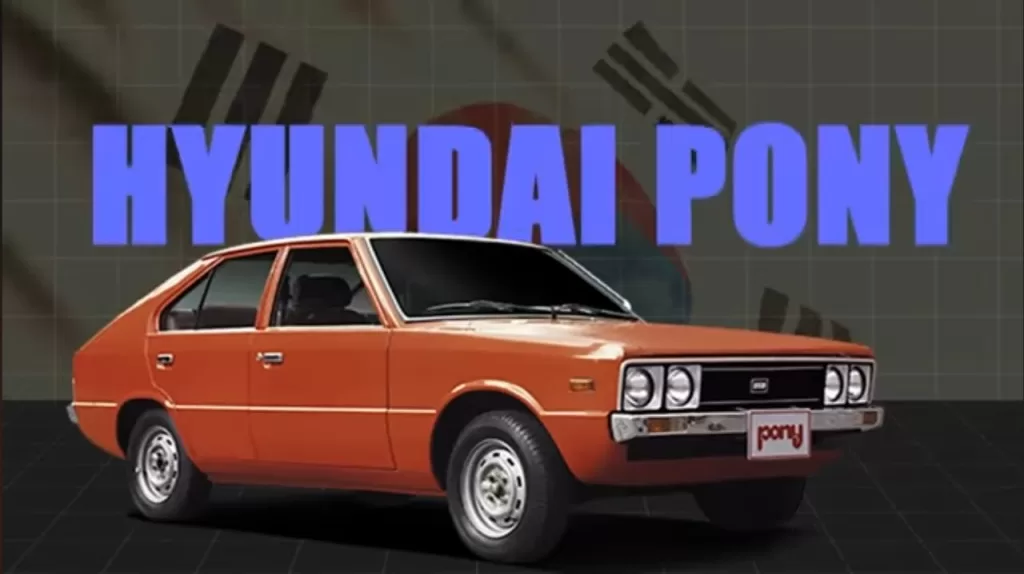
Chung established a new facility in 1976, and Hyundai built the Hyundai Pony, the first mass-produced automobile in South Korea. This automobile was so popular in South Korea because of its low price that Hyundai soon became the largest automaker there, having taken up 60% of the market. There was a catch, though.
There were just 30,000 cars in the South Korean car market as a whole, which was insufficient to be viable. Furthermore, the Hyundai Pony was a complete bust in foreign markets. The car’s quality was subpar. There used to be frequent mechanical problems and pain that would flare up in the heat. The Hyundai Pony was a colossal flop in foreign markets. For the last seven years, Hyundai Motor Company has experienced losses as a result of these factors.
Chung was advised to shut down the business as soon as feasible by others. But everyone was taken aback by Chung’s choice. In addition to shutting down the business, he also planned to construct a new auto plant that would be able to produce 300,000 cars annually. The choice needs to be understood by the company’s management. In a market with 30,000 cars, who will purchase 300,000 of them?
Chung knew the solution, though. The economy of South Korea was expanding quickly, and thousands of individuals were emerging from poverty and gaining economic independence annually. This indicated that there would be a sharp rise in the demand for cars over the ensuing years. Furthermore, the new Hyundai vehicles were likely to cost more.
In particular, foreign nations may export Karen. The banana. Walla Johnny. 1980. I hope it’s factory-ready. or 1982. Hyundai May. Nick. I noticed the advancements. Kassad. Apnea. From pony to automobile launch. Nope. Cable. an automobile. Korea, South. My biggest hit. large. Americas, Africa, and South America. or Canada. Jesse. nations. Perhaps. export was completed successfully.
Hyundai turned a profit in the ensuing years after selling 4.5 lakh vehicles. Now, Hyundai is recognized as a respectable automobile manufacturer on a global scale. However, there was still work to be done in the USA, the largest and most competitive auto market in the world. Globally, a respectable automaker has to be prosperous in the USA to grow into a significant automaker.
After researching the US industry, Hyundai discovered that the Japanese had taken over the small car market and that US firms were facing fierce competition in the mid-and large-size markets. As a result, Hyundai decided to focus on the sub-compact market, which had almost no competitors. Hyundai also saw that the United States has a sizable market for used cars. These clients were allowed to purchase the brand-new Hyundai Excel with a five-year warranty for the cost of a used vehicle.
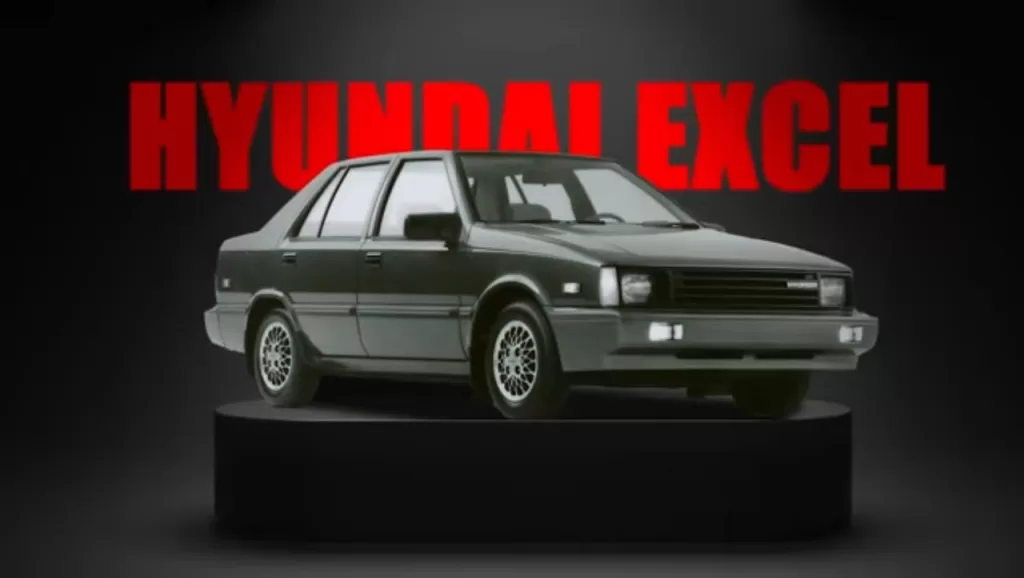
This tactic rocked the US auto industry, and buyers of used cars quickly switched to the Hyundai Excel. Hyundai sold about 1,70,000 Excels in the US in 1986 and about 2,60,000 in 1987, making the Hyundai Excel the country’s best-selling import during both of these years. Up until that point, no other automaker had had such remarkable initial success in the US market. And with that, Hyundai became a well-known automobile manufacturer on a worldwide scale. Chung became Honorary Chairman of Hyundai and retired in the same year, at the age of 72. Following this, his brothers and sons assumed leadership of the business and continued to operate it with the same tenacity.
Right now, Hyundai is the third-biggest automaker worldwide. And by 2022, Hyundai will rise to the third-largest automaker in the world. 40 lakh vehicles Although Hyundai is mostly recognized for its automobiles, very few people are aware that the corporation also operates 42 businesses in the fields of information technology, shipbuilding, and elevators. Hyundai Heavy Industries is the largest shipbuilding company in the world. And thanks to Hyundai, South Korea has been able to produce the greatest number of ships globally, second only to Japan. Hyundai is not your typical South Korean firm.
Hyundai is an organization that brought about the nation’s reconstruction, thousands of jobs, and international recognition for South Korea. And it all began with a villager who lacked even the most basic amenities, such as food, healthcare, and education. However, he possessed a great deal of passion, a clear vision, and—above all—a desire for improvement.
